Coiled Tubing in HPHT Wells: Challenges and Solutions
Coiled tubing has become as an essential tool for oil and gas industry, known for its capacity to perform a wide array of well intervention operations without the need to kill the well or remove the production tubing. As exploration is moving deeper into harsh environments, the deployment of coiled tubing in High Pressure High Temperature (HPHT) wells presents both significant opportunities and challenges. These wells, which are distinguished by downhole pressures that go over 10,000 psi and temperatures of more than 150°C, require specialized equipment, materials, and techniques.
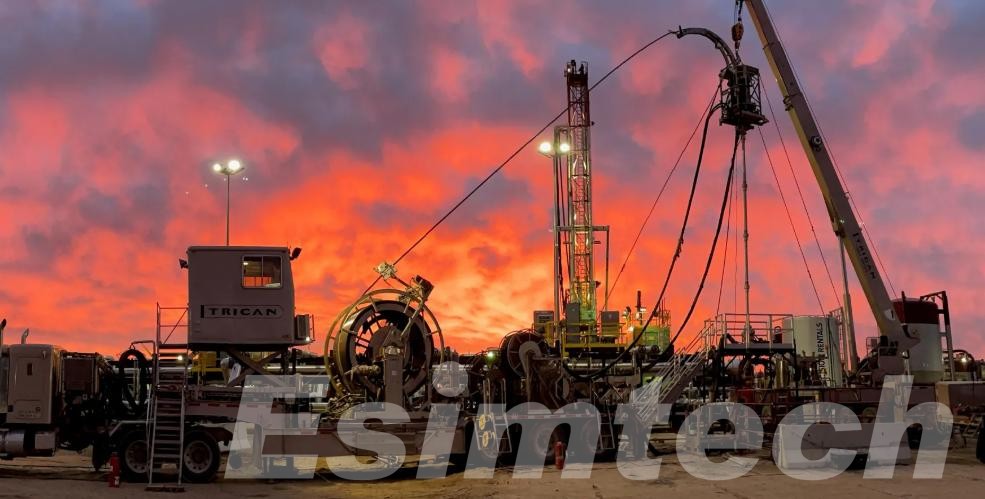
The Strategic Importance of Coiled Tubing in HPHT Wells
In HPHT well settings, conventional intervention techniques often fail because of safety issues in operation, complexity of operations, and the cost. Coiled tubing, which is a continuous steel pipe, which can be swiftly deployed and then retrieved provides a cost-effective, flexible option. Its capacity to complete many tasks including acid stimulation and nitrogen lifting to logging, milling, and hydraulic fracturing with no need to take away production tubing is ideal for HPHT wells where uptime and control are essential.
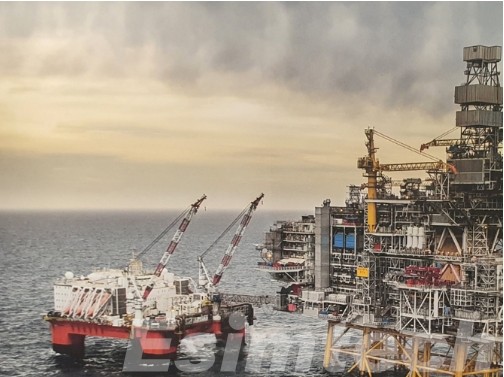
Additionally, coiled tubing operations are also common in HPHT wells are usually performed in live conditions in the well. This helps reduce the chance of damage to formation and minimizes the possibility of scale or hydrate formation, which are common problems in conventional workover procedures that require the death of the well.
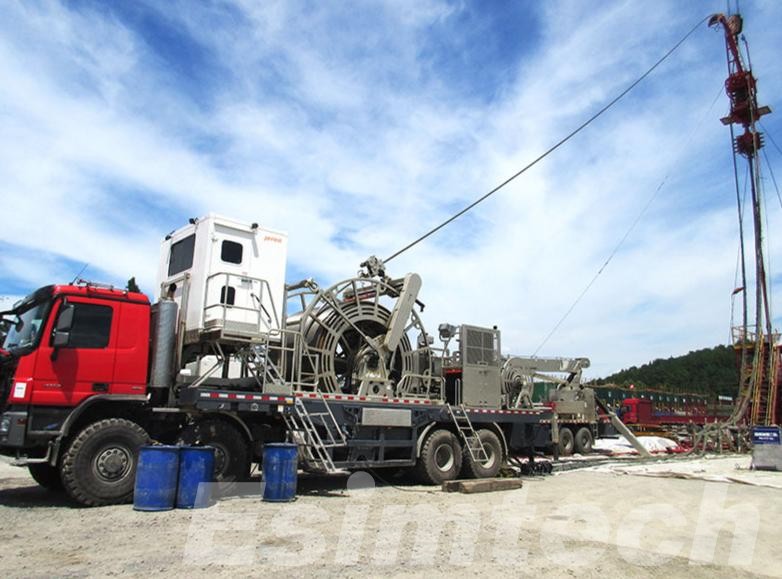
Engineering Challenges in HPHT Coiled Tubing Operations
| Challenge Area | Description | Impact in HPHT Environment |
| Tubing Material Integrity | Coiled tubing has to be able to withstand extreme temperatures, pressure and corrosion | Standard alloys break down quickly. advanced metallurgy is needed to ensure that the alloy does not fail. |
| Fatigue Life and Mechanical Stress | Tubing is bent continuously and subjected to axial/tensile forces | Increased fatigue caused by high-pressure and thermal stress |
| Thermal Expansion Effects | The high temperatures in the downhole cause tubing to expand. | It can lead to buckling or toolstring misalignment, or even loss of contact with the wellbore |
| Bottom Hole Assembly (BHA) Durability | Tools must work reliably in HPHT conditions. | Electronics, seals, and motors may fail without high-temperature-rated components |
| Pressure Control Equipment (PCE) | Stripper head and lubricators have to withstand high pressures | Conventional PCE is often not equipped with the required HPHT certification and is unable to perform under load. |
| Fluid Compatibility and Stability | Circulating fluids need to be in equilibrium under HPHT | Potential risk of breakdown of fluids tools, breakdown of the tool or chemical incompatibility with specific fluids |
| Real-Time Monitoring Limitations | Downhole sensing is limited by temperature-sensitive equipment | Sensors with HPHT ratings and fiber optics are needed to ensure that live data is accurate. |
| Complex Well Geometry | HPHT wells are typically extremely deviated or horizontal | Greater risk of coiled tubing sticking to the drag or causing tool jamming |
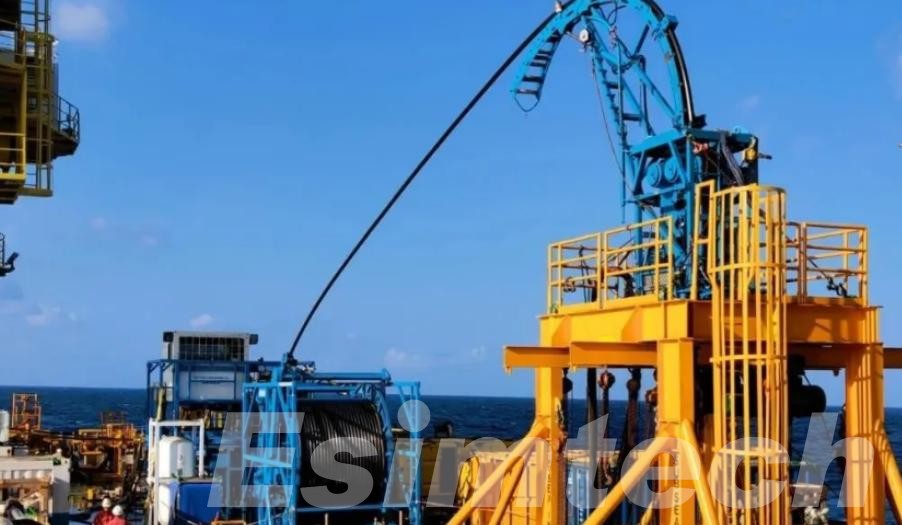
Innovative Solutions for Coiled Tubing in HPHT Wells
The extreme thermal, mechanical, and chemical conditions of HPHT wells have led to the development of new innovative solutions to ensure the success of coiled tubing.
1. Advanced Metallurgy for Enhanced Tubing Durability
The underlying principle of successful coiled tubing operations in HPHT environments is in the tubing materials themselves. The standard coiled tubing strings experience rapid degrading due to high temperatures and pressures and gases that cause corrosion. To counter this issue, industry has come up with high-strength steels with low-alloy properties that provide superior resistance to fatigue and high tensile strength. These alloys are usually further improved by treatment or coatings like coatings with epoxy or chrome which offer additional protection against carbon dioxide and hydrogen sulfide corrosion.
Certain operators are currently experimenting with hybrid or composite materials that combine the strength of metal with the flexibility of polymers, resulting in increased fatigue endurance while cutting weight. These new materials permit improved heat dispersion, one of the most important aspects when managing the thermal stress in the downhole.
2. High-Temperature-Resistant Bottom Hole Assemblies
Bottom Hole Assemblies (BHAs) are the mainstays that sit at the bottom of the tubing coiled that perform crucial tasks like milling, log logging, and stimulation. For HPHT wells, conventional BHAs have thermal limitations which could cause early tool breakdown. Innovative solutions have been developed to designing BHAs that have pressure compensated housings, metal-to-metal seals, as well as electrical components that are stable and thermally stable.
The latest generation of hydraulic and electrical tools are built with high-temperature ceramics and sensors made of synthetic sapphire, and solid-state electronic components rated for temperatures that exceed 350°C. These advances ensure that the measures, functions and the integrity of the tool are maintained through extended use in severe downhole conditions.
3. Real-Time Monitoring using Fiber Optic Coiled Tubing
The most revolutionary developments in HPHT coiled tubing is the incorporation with fiber optic technologies. By incorporating fiber optic cables into the tubing string that is coiled operators can gain access to live downhole information, such as distributed temperature sensing (DTS) as well as Acoustic signals, and strain profiles.
Continuous feedback allows the engineers to alter parameters on the surface in real time, increasing the safety and effectiveness of their work. When working in HPHT deep wells, in which even a tiny shift in temperature or pressure could cause major operational problems This degree of awareness of the situation is vital. Coiled tubing with fiber optics is particularly useful for cleaning, fracturing and acidizing processes in which real-time temperature and fluid front data can improve treatment efficiency.
4. HPHT-Certified Pressure Control Equipment
Pressure control devices for surface areas (PCE) plays a vital function in ensuring safety during coiled tube interventions inside HPHT wells. The traditional stripper heads, blowout preventer (BOPs) and lubricators are not suitable for harsh conditions, which has led to the creation alternative HPHT certified products.
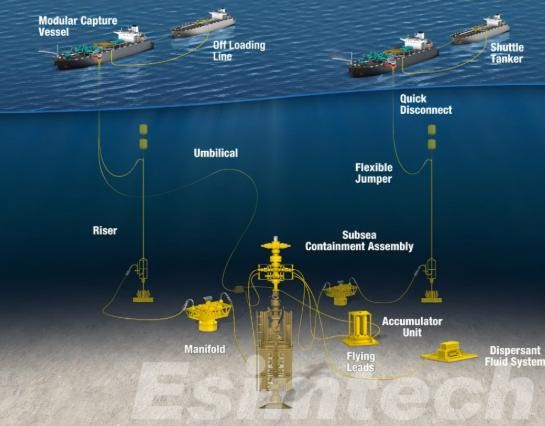
Modern PCE systems include reinforced steel housings, the latest elastomer seals that can withstand extreme temperatures, as well as multiple control systems that can prevent blowouts. Innovative hydraulic actuation and remote control capabilities also increase the operational flexibility particularly when operating offshore and automated wells.
5. Thermally Stable Fluids and Lubricants
Circulating fluids are essential to the coiled tubing process, offering cooling, lubrication and also debris removal. However in HPHT wells conventional fluids can degrade or cease to perform. New formulations have been developed that preserve chemical stability, viscosity and lubricity in high temperature and pressure.
Synthetic polymers, high-performance base oils and nano-enhanced additives are utilized to create thermal fluids that have exceptional thermal resistance and minimal degradation. These fluids also increase the efficiency of motors, reduce wear on tubing, and increase the lifespan of downhole equipment when exposed to prolonged temperatures.
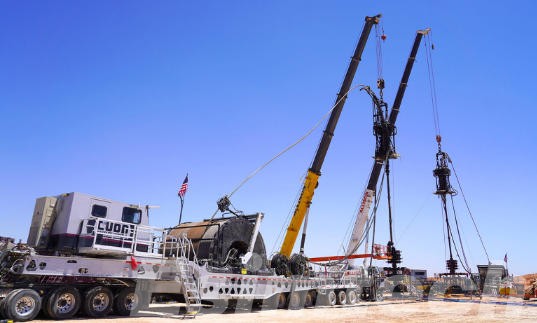
How Simulation Technology is Used for Coiled Tubing Operations in HPHT Wells
Simulation technology has become a key enabler in the coiled tubing operations for HPHT wells. This technology provides prescriptive insight that support safe, efficient and technically sound operation.
- Modeling Mechanical Behavior of the Coiled Tubing String
One of the primary reasons to use simulation within HPHT operations is to forecast the mechanical properties of the coiled tubing. Software platforms simulate the axial force the stretch of tubing, buckle risks, and bending fatigue on the basis of the downhole’s trajectory, temperature, and the pressure. Coiled tubing simulations aid engineers in determining the safe limits of operation, prevent mechanical failure, and determine injector parameters, reel speed and depth targets more precisely.
Through modeling both tensile and compressive forces in deviated, horizontal section, a simulation ensures that the tube maintains structural integrity throughout the entire process. Additionally, it allows engineers to identify the areas where locking or sticking may occur due to the high drag or contact forces in the wellbore.
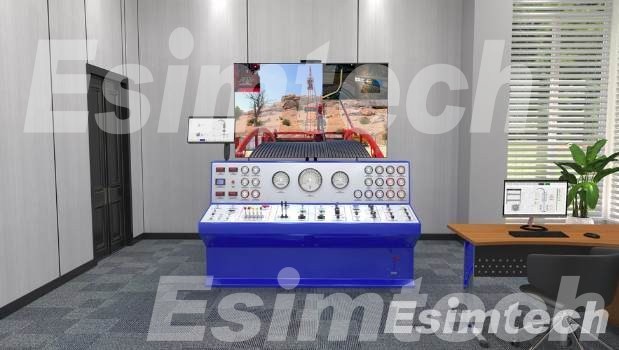
- Fatigue Life Prediction and Management
For HPHT wells, speedy development of fatigue-related damage to the tubing’s coiled string due to unbending and bending repeatedly is an issue of serious issue. Fracturing simulators monitor the fatigue cycles that are endured by the tubing and incorporate the effects of heat on material degrading and stresses concentration zones. These models aid in determining whether the coiled tubing string will be able to finish the task or requires to be retired in order to prevent catastrophic failure.
Monitoring of fatigue in real-time with algorithmic simulation, is feasible during operations. This helps engineers tweak job parameters like the speed of running and tension to reduce the risk of injury.
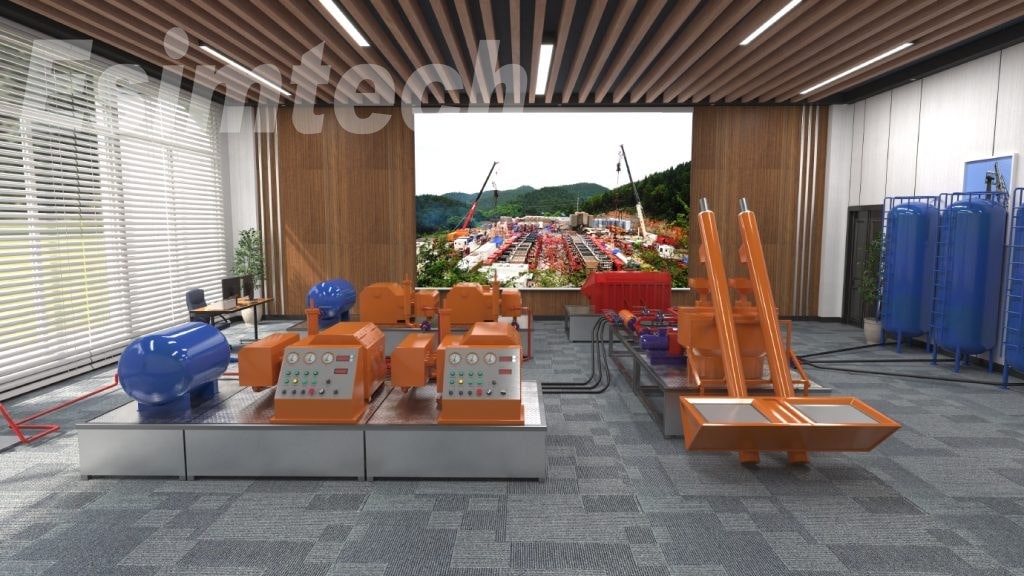
- Downhole Fluid Dynamics Simulation
The efficient circulation of fluids is vital for well cleaning, stimulation and control of pressure. When it comes to HPHT wells where the fluid behavior is drastically affected by temperature and pressure Simulation models are employed to predict the flow regime changes and an annular speed, the pressure of water as well as the temperature of the fluid at various depths.
The simulations help in the selection of the most suitable fluids (e.g. Nitrified fluids, nitrified liquids foams, high-viscosity gels) and pumping rates along with bottomhole pressure management strategies. They also aid in avoiding hazards like formation fracturing erosion of tools, or insufficient debris removal.
- Thermal Modeling of the Wellbore and Toolstring
Extreme temperatures in the downhole affect the tubing coiled and tools used in the downhole, such as sensors, motors, and seals. Simulation platforms simulate how heat transfer occurs between the tubing, wellbore formation, fluids, and wellbore during operation. This includes the prediction of steady-state and transient temperatures.
Thermal simulations help in selecting temperature-resistant materials, anticipating tubing expansion, and ensuring that electronic components in the BHA are not exposed to damaging heat levels. They also help in avoiding thermal shocks as cold water is pumped in wells that have been superheated.
- Pressure Control and Well Integrity Analysis
Controlling the pressure in the bottomhole is crucial when working in HPHT wells where the margin of error is very limited. Simulations help operators evaluate the ways that surface and downhole pressures interact throughout various stages of the job. These findings aid the blowout prevention (BOP) design as well as stripper setting, and contingency plans for rapid pressure variations.
Certain simulations are integrated with hydraulic models that forecast the possibility of pressure surges caused by tubing movement, or rapid fluid injection. This helps engineers to reduce risks from events that affect control of the well.
- Real-Time Operations using Digital Twin Technology
Modern simulation platforms incorporate digital twin technology, which is a live virtual representation of the coiled tube operation which continuously incorporates sensors information. In real-time, data on temperature, pressure tension, flow rate are gathered from downhole equipment and surface systems The digital twin continuously updates simulation outputs, which allows real-time decision-making.

This ability to model dynamically is vital for HPHT environments where the conditions in the downhole can change rapidly. Operators can spot potential issues before they occur and adjust the plan of action in advance.
- Pre-Job Planning and Scenario Testing
Before any HPHT Coiled Tubing project begins the simulation software is utilized to pre-plan the job. Engineers run various scenarios that involve various tool strings as well as fluid systems as wells, and geometries. Simulations can identify hazards as well as optimize the operational sequences and enable staff training and checks on equipment readiness.
Simulations can also confirm whether the intervention plan proposed is technically feasible within mechanical and thermal limitations.

Applications of Coiled Tubing in HPHT Wells
| Application | Purpose | HPHT Advantage |
| Wellbore Cleanouts | Get rid of scale, sand, debris and other solids | Constant circulation, pressure regulation without damaging the well |
| Acid Stimulation | Improve the permeability of reservoirs and get rid of any damage near the wellbore | High-pressure pumping in live well conditions, with precise depth-placing |
| Nitrogen Lifting | Take out the completion fluids and start production | Lightens fluid column under high-pressure conditions, boosting initial production |
| Logging and Diagnostics | Set up downhole sensors to collect real-time information | High-temperature and fiber-optic instruments allow measurements under extreme conditions |
| Hydraulic Jetting | Cleaning perforations and casings with high-pressure fluid jets | Correct placement and movement in highly-temperature, deviated wells |
| Milling and Fishing Operations | Clean out scales, plugs or equipment that has become stuck. | Control the pressure while making mechanical interventions |
| Zonal Isolation and Plug Setting | Install inflatable bridge plugs at intervals that are targeted | Allows for depth-specific deployment, without removing production tubing |
| Perforating and TCP Deployment | Conveyors for perforation guns, tubing-conveyed perforation systems | High-pressure conveyance in controlled surface pressure |
| Hydraulic Fracturing (Mini-Fracs) | A small amount of stimulation can be found in tightly arranged formations. | Multiple zone stimulation without harm or rig interventions |
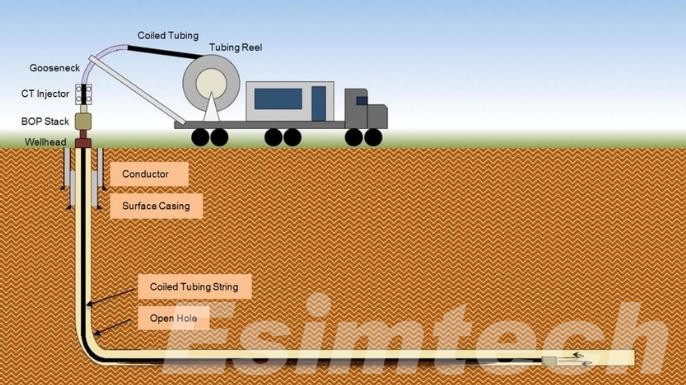
Summary
Coiled tubing in HPHT wells exemplifies the convergence of innovation, precision, and resilience. It allows safe, effective and versatile interventions in the most extreme conditions on Earth. Coiled tubing technology has proven to be vital to modern well operations. As industry challenges mount with deeper and hotter fields, the advancements of coiled tubing will continue to be a cornerstone of high-performance well servicing strategies.
